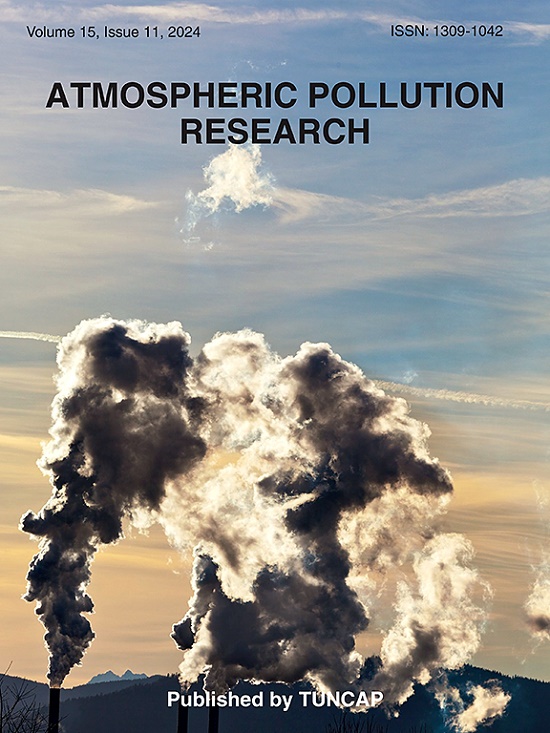Association between environmental air pollution and olfactory functioning among Italian adolescents and young adults in the province of Brescia, Italy
IF 3.9
3区 环境科学与生态学
Q2 ENVIRONMENTAL SCIENCES
引用次数: 0
Abstract
Olfactory receptor neurons are in direct contact with the ambient air, making olfactory function particularly susceptible to airborne pollutants. This study investigates the relationship between air pollution and olfactory function among adolescents and young adults residing in the province of Brescia, Italy. It included 169 participants (53.3% female, 15–25 years) of the ongoing longitudinal Public Health Impact of Metals Exposure (PHIME) study. Participants completed assessments of olfactory function using a short version of the “Sniffin’ Sticks” identification test at baseline (2008–2014) and the extended test at follow-up (2017–2021). Annual average concentrations of particulate matter (PM10, PM2.5) and nitrogen dioxide (NO2) were estimated on a 4 × 4 km2 spatial resolution grid using the Regional Chemical Transport Model ARIA for the target area between 2016 and 2019 and averaged over time. We applied multivariable linear regression, Bayesian Kernel Machine Regression and Weighted Quantile Sum (WQS) regression to investigate the associations between air pollutants and olfactory function. A significant negative association was observed between the air pollutants (PM2.5: mean 18.5 μg/m3 Standard Deviation ±5.2 μg/m3; PMCOARSE: 2.7 μg/m3 ±1.2 μg/m3; NO2: 32.3 μg/m3 ±10.1 μg/m3), treated as a mixture, and the olfactory functioning measured with the Sniffin’ total score (μ −1.44, 95%CI -2.42, −0.34), and the Sniffin’ threshold score (μ −1.48, 95%CI -2.91, −0.6) when applying WQS regression. This association was mainly driven by NO2 and PMCOARSE. Findings suggest that air pollution exposure to NO2 and PMCOARSE, can reduce olfactory function among adolescents and young adults residing in a polluted area in northern Italy.

求助全文
约1分钟内获得全文
求助全文
来源期刊

Atmospheric Pollution Research
ENVIRONMENTAL SCIENCES-
CiteScore
8.30
自引率
6.70%
发文量
256
审稿时长
36 days
期刊介绍:
Atmospheric Pollution Research (APR) is an international journal designed for the publication of articles on air pollution. Papers should present novel experimental results, theory and modeling of air pollution on local, regional, or global scales. Areas covered are research on inorganic, organic, and persistent organic air pollutants, air quality monitoring, air quality management, atmospheric dispersion and transport, air-surface (soil, water, and vegetation) exchange of pollutants, dry and wet deposition, indoor air quality, exposure assessment, health effects, satellite measurements, natural emissions, atmospheric chemistry, greenhouse gases, and effects on climate change.
 求助内容:
求助内容: 应助结果提醒方式:
应助结果提醒方式:


